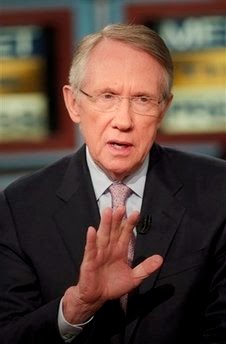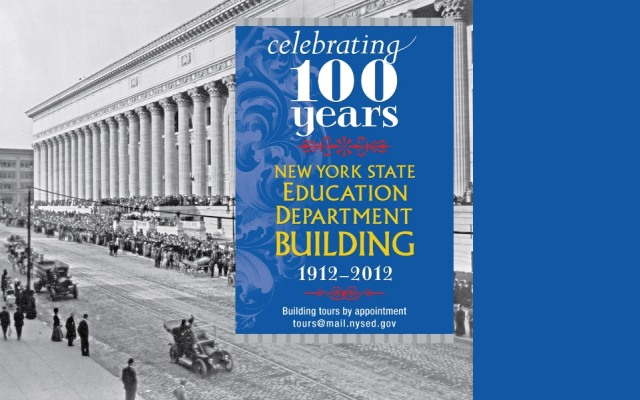During the summer of 1985 my oldest son, Mark, decided to leave his job as a chemistry teacher in a Silver Spring, Maryland, Catholic Boy’s High School to complete his Master’s thesis and his Doctoral work in Metallurgical Engineering at the University of Oklahoma. With little money to finance the move, he was looking for ways to transport his wife; his five-year-old stepson, Chris; and his four month old infant son, David, from Washington, D.C. to Norman, Oklahoma.
Having recently retired from my job with a major oil company in suburban Philadelphia, I offered to help with the move. So, on the appointed day I drove to Silver Spring and loaded every cubic foot of my trunk and my rear seat with some of their belongings. As we headed west on Interstate 70, my son took the lead in a borrowed Mercury station wagon, with every cubic foot filled to capacity; my daughter-in-law followed close behind in their worn-out old Toyota, the baby strapped into a car seat beside her; and I brought up the rear with five-year-old Chris riding “shotgun” in the passenger seat beside me.
The trip across the country was not up to my usual standard for cross-country driving. Since the Interstate highway from Indianapolis to St. Louis was completed, but unposted, I had always taken that to mean that they wanted me to use my own discretion. As a result, I was accustomed to driving the 1.030 miles from Philadelphia to St. Louis in just under fifteen hours. But on our trip in August 1985, from the D.C. area to St. Louis, it was drive two hours, nurse the baby, drive two hours, nurse the baby, and on and on. Then, after a night’s rest in St. Louis we set out again the next morning for the last leg of our trip from St. Louis to central Oklahoma.
As we had lunch in a roadside restaurant in Joplin, Missouri, I remarked that we were just a few miles north of Camp Crowder, Missouri, where I spent the first week of my U.S. Army military career, and that I’d like to revisit the place sometime just to see if it was the same as it was in the summer of 1953.
That was the last word on the subject until we crossed the Missouri/Oklahoma state line fifteen or twenty minutes later. It was then that young Chris said, “Grandpa, tell me about some of your war wounds.”
Not wanting to go into detail on how I was machine-gunned by a group of South Koreans in a “friendly fire” incident during basic training, I decided to tell him some stories about wounds I received when I was a boy, just a few years older than he. So I proceeded to describe a long ugly scar I have on my right knee that I received when I was just ten or eleven years old. When I had described the scar, Chris said, “Grandpa, how did you get that wound?”
I said, “Well, as I recall, my friends and I were at the local ballpark in my hometown, crawling around under the bleachers, when I knelt on a broken soda bottle.” To which he replied, “What were you doing crawling around under the bleachers?”
I said, “We were looking for small change, nickels and dimes that people had inadvertently dropped while watching a softball game.”
“Why were you looking for nickels and dimes?” he asked.
To which I replied, “We wanted to buy some sodas.”
He thought for a moment, a puzzled look on his face. Then he said, “Grandpa, you can’t buy a soda for five or ten cents. Sodas cost sixty cents.”
Not when I was your age,” I replied. “When I was your age we could by a soda for five cents.”
That came as a big surprise to him. He said, “How did that happen, Grandpa?”
I said, “The Democrats did it.”
“The Democrats did it? Why did they do that?”
Thinking I’d impart a bit of economics wisdom, I said, “Well, the Democrats discovered many years ago that if they passed a law taking money away from people who have jobs and who work for a living, and give it to people who don’t have jobs or who don’t want to work, the people who get the free money will always vote for them on election day. That helps to create what we call inflation and that’s why a soda costs a lot more than five cents today.”
This was obviously a new concept for him and I could almost hear the wheels turning in the seat beside me. Finally, he said, “Grandpa, could the Democrats pass a law that would make candy free?”
I replied, “Sure they could. But think about it… if the Democrats made a law saying that candy would be free, how long do you think the people who make candy would continue to make it?”
New concept; I could hear the wheels turning again. Then he said, “Grandpa, am I a Democrat?”
I said, “Well, it’s too early to tell. We’ll have to wait a few years to find out.”
Then he asked, “Grandpa, could the Democrats make a law that some candy would cost money and some would be free?”
I replied, “Yes Chris, the Democrats could make some candy free and others that would cost money. But are you asking whether the Democrats could make a law saying that the kind of candy you like would be free and all the rest would cost money?”
A big smile crossed his face. He nodded his head and said, “Yeah!”
I said, “You’re a Democrat.”
I’m happy to report that my step-grandson has turned out just fine, in spite of his Democratic leanings as a five-year-old. He graduated from the University of Oklahoma with a degree in Economics and is now a successful executive with a major Oklahoma City bank. But now, thirty years later, there is evidence that many who were as ignorant of basic economic principles as my grandson was at age five, are still burdened by the same economic illiteracy.
The proof of what I say can be found in the television commercials of a company called Lear Capital, Inc. In their most recent TV ads they tout the current low price of silver, showing a two dimensional graph in which the abscissa, or x-axis, represents time, and the ordinate, or y-axis, represents the fluctuations in the price of silver. If one were to believe the graph, the market price of silver during a significant time period represented on the graph dipped to less than the price of production. In fact, that claim is made quite clearly in the Lear Capital voice-over.
When I saw the ad I couldn’t help but be reminded of my grandson’s attitude toward the candy market when he was just five years old. The fact that a precious metals marketing firm would continue spending big bucks attempting to convince television viewers that mining companies are continuing to mine silver when the market price is less than the cost of production, is proof that there are some adults out there in TV land who still believe in the Tooth Fairy.
When I posed the hypothetical question to my grandson thirty years ago, asking him how long he thought candy manufacturers would continue to make candy if there was no profit in doing so, it never occurred to me that, some thirty years later, silver miners might be doing just that.
However, there is some empirical evidence that there are fewer consumers who might fall for that advertising scheme than we might think. Another Lear TV ad that has run on a daily basis for many months proclaims that the first one-hundred callers to their 800 number will receive up to $500 worth of free silver… just for calling their number. If, in fact, callers to that 800 number are actually given silver coinage, they could be given a silver ten-cent piece, just for their taking the time to listen to a sales pitch, and the marketer could still claim truth in advertising by hanging their hats on the words “up to.”
Nevertheless, it is frightening to think that Madison Avenue advertising firms have such a low opinion about the economic smarts of the American people that they would air such an insulting advertisement. My step-grandson has discovered some important economic truths. Apparently, some in the corporate world and on Madison Avenue have not.



























